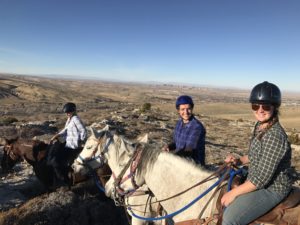"For as a hot proud horse highly disdainsTo have his head controlled, but breaks the reins,Spits forth the ringled bit, and with his hoovesChecks the submissive ground; so he that loves,The more he is restrained, the worse he fares."
-- Christopher Marlowe, Hero and Leander
Our Horsemanship Program
Read those first two lines of Marlowe aloud, and at the word “highly,” you feel the “hot proud horse” violently wrenching his head; in the last two lines comes the shift from proud horse to impatient lover: “the more he is restrained, the worse he fares.” If you want an image of ardor—but also intemperance—there it is: the unbridled inner stallion. But you feel the image much more intensely if you’ve tried to bridle a powerful and unwilling animal much larger than you are.
That’s why controlling horses has so much symbolic resonance. The more heroic the man, the more he can master–or become one with–his horse. In the Iliad, Hektor is called hippodamaio, ”breaker of horses.” But there’s an even greater hero than Hektor. At one point in the poem, a poor little guy named Dolon agrees to spy on the Greek camp if Hektor will promise to give him the horses of Achilleus later as a reward. Two Greeks, Diomedes and Odysseus, capture the terrified Dolon, and when he tells them what his reward was going to be, Odysseus smiles and says to him,
“Surely now, these were mighty gifts that your heart longed after,
the horses of valiant Aiakides. They are difficult horses
for mortal men to manage, or even to ride behind them
for all except Achilleus, who was born of an immortal mother.”
The horses themselves are immortal, and only the greatest of heroes can control them. It’s hardly a matter of sitting there and steering; it’s a matter of rousing and guiding what’s noble and spirited. With these lines in mind, it is no surprise that Wyoming Catholic College considers the Equestrian Program an important and integral part of its curriculum. Horsemanship teaches not only the value of mastering and guiding an irrational creature, but the importance of governing oneself, as well. Socrates reminds us that part of wisdom is to “know thyself;” advice best followed—paradoxically—by interacting with one of God’s creatures, rather than looking within for some elusive “self.”

One of God’s noblest creatures, the horse is a living, conscious being operating at a high level of animal intelligence; it has a character and emotions, “a mind of its own”; it is no mere machine with buttons that can be pressed for instant results. Learning to understand and work with a horse is a particularly effective way of learning humility, co-adaptation, and respect. Moreover, the horse has been inextricably bound up with Western civilization for thousands of years and has defined the character of the American West, especially in Wyoming. Here we see a part of our collective cultural identity too precious to lose.
Wyoming Catholic College’s Equestrian Program is based at a local arena at the edge of Lander, where all of the horses are kept during the week. Every student spends a semester of their sophomore year working with a particular horse one morning or afternoon a week, under the tutelage of an equine instructor. Over the course of the semester, students learn the basics of horse care and saddling, and hone their riding skills to be able to participate in a quadrille formation, while integrating that experience with readings from Xenophon and a reflection on virtue that parallels other readings in the curriculum. Students who wish to continue to develop their horsemanship skills are able to attend open-riding events at the arena during the week, as well as to participate in week-long horsemanship workshops, and work on the COR Ranch for the summer.
As with our COR course, no special experience or skills are necessary (we’ll give you that!), only a willingness to learn.


